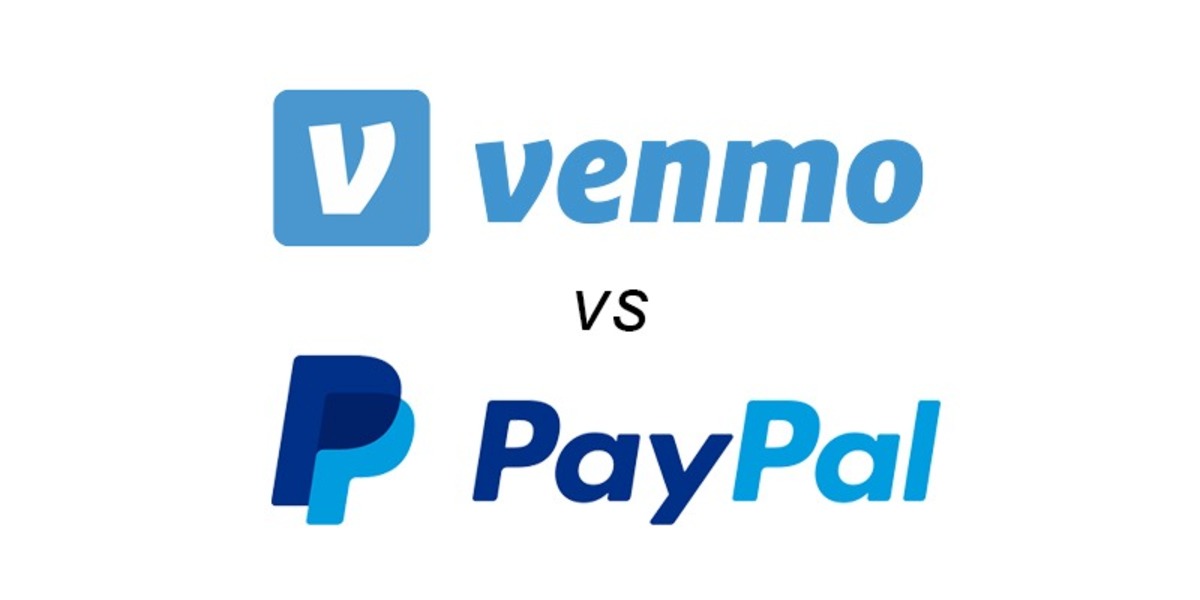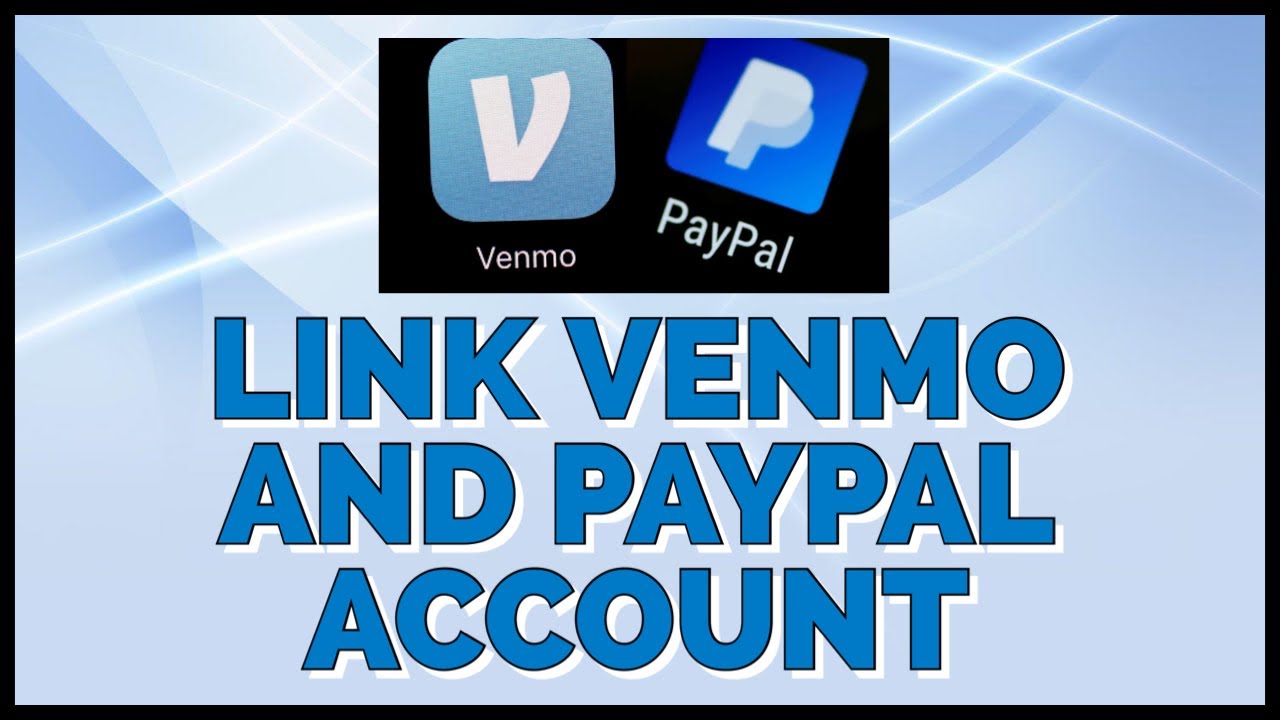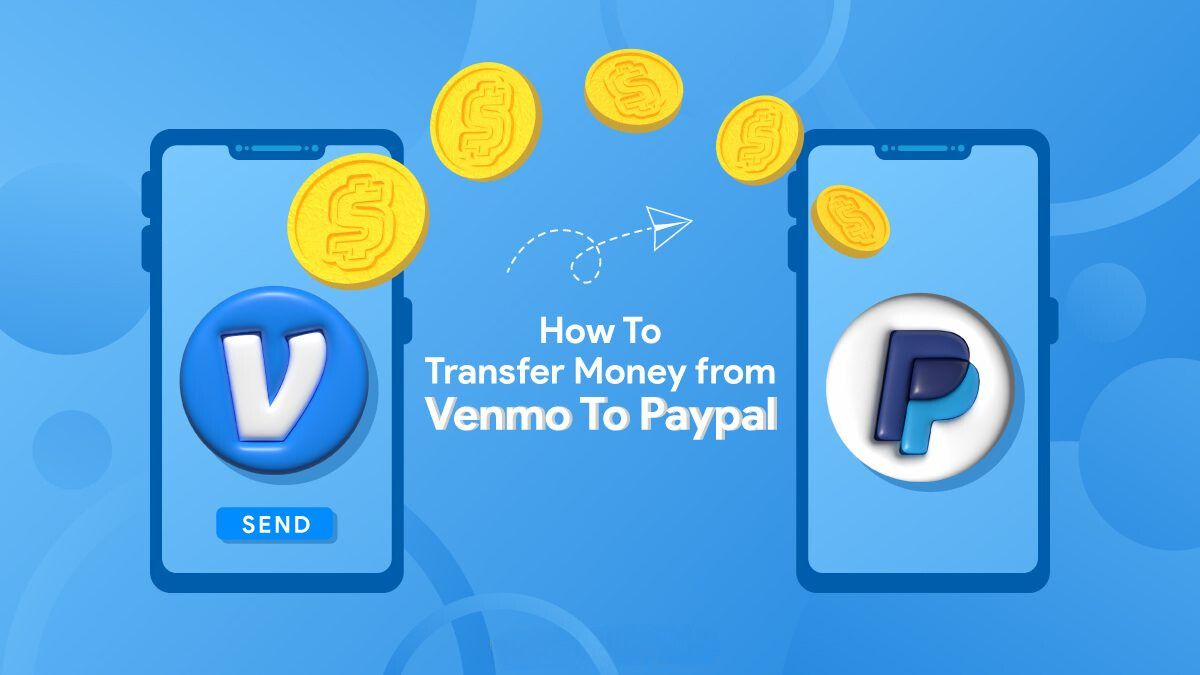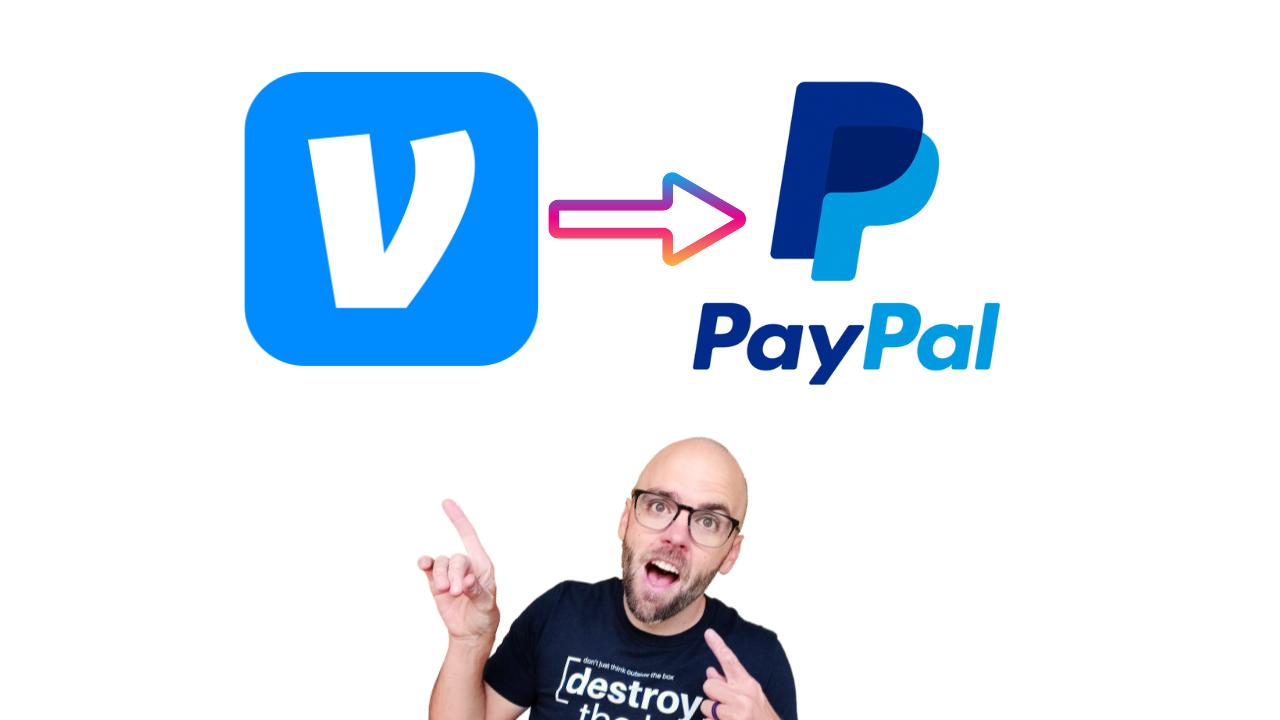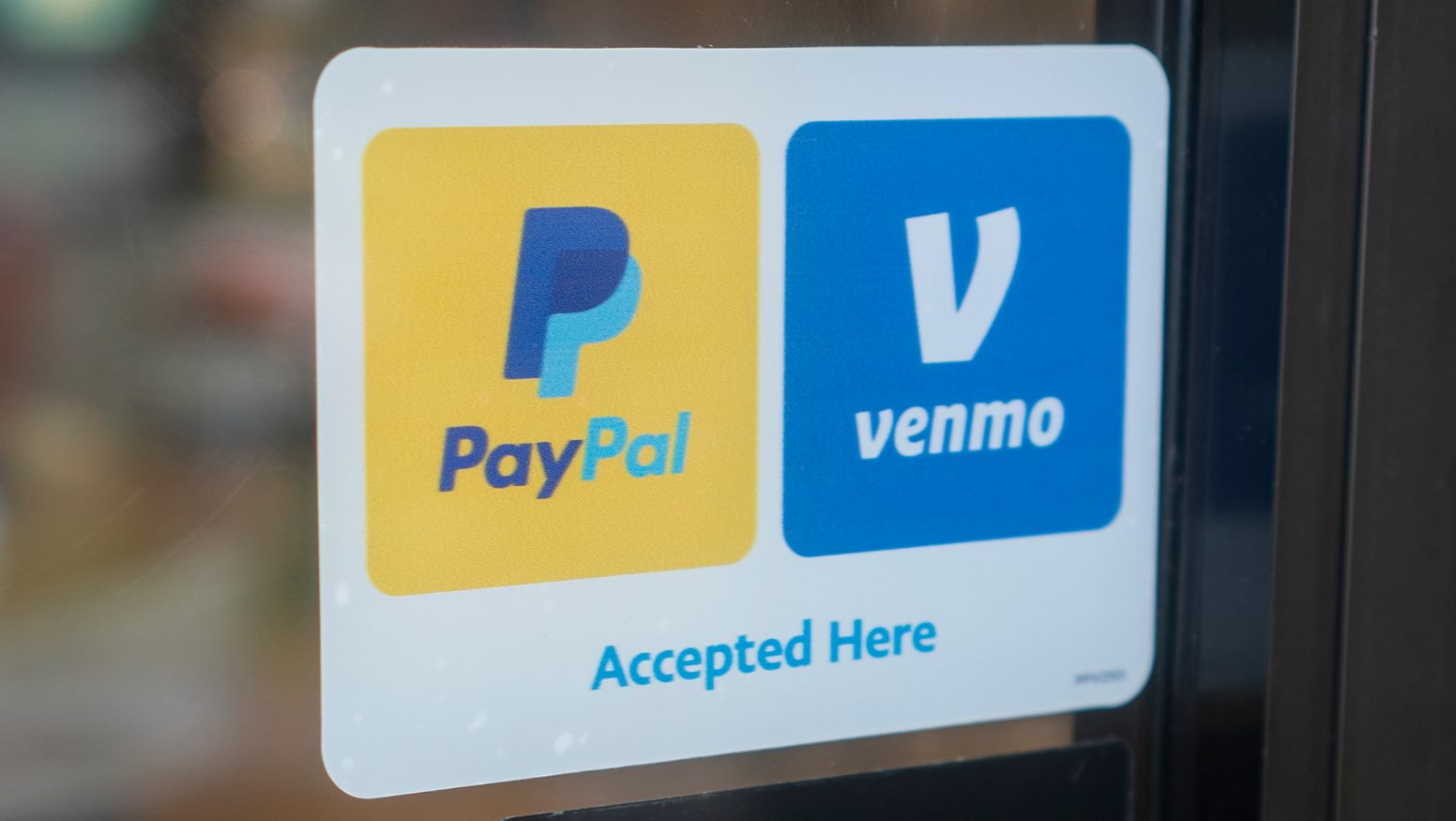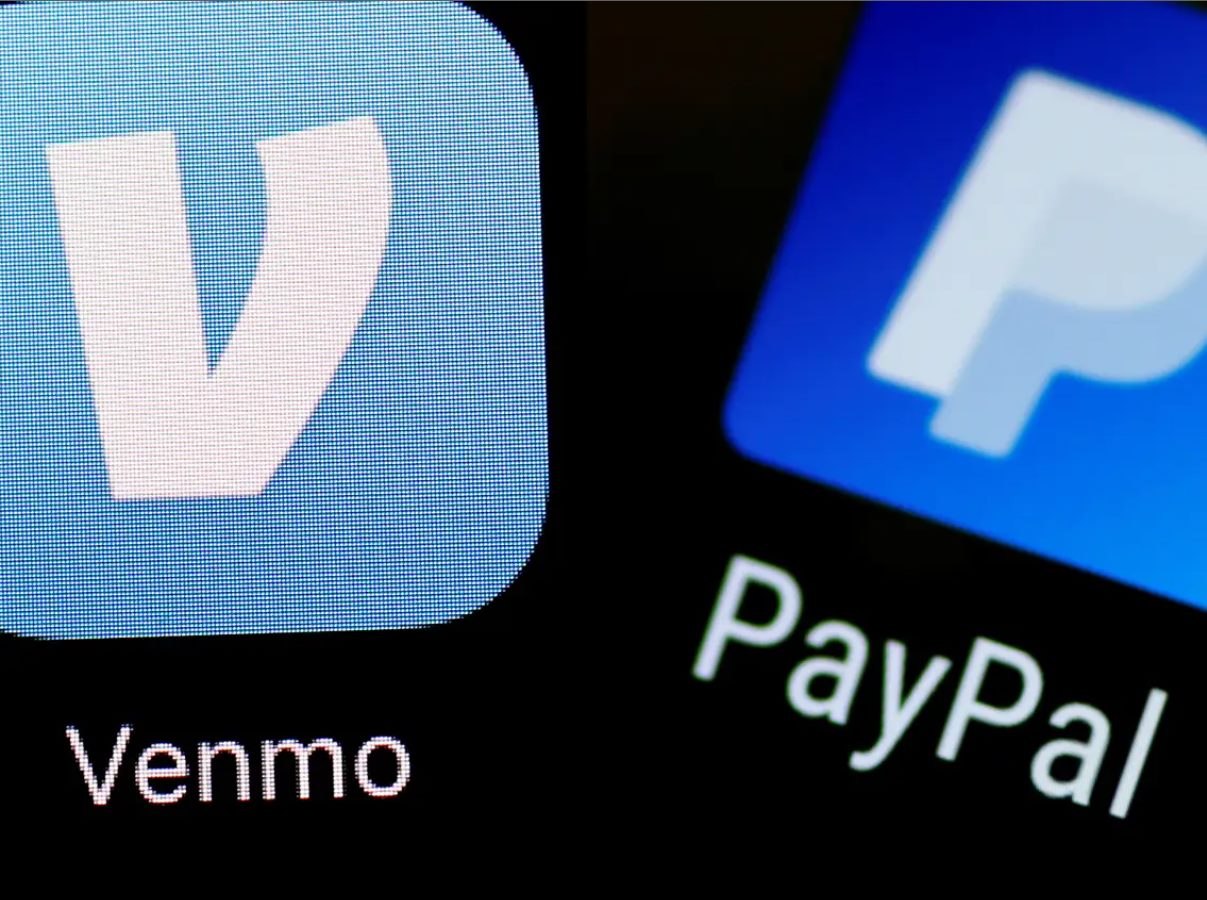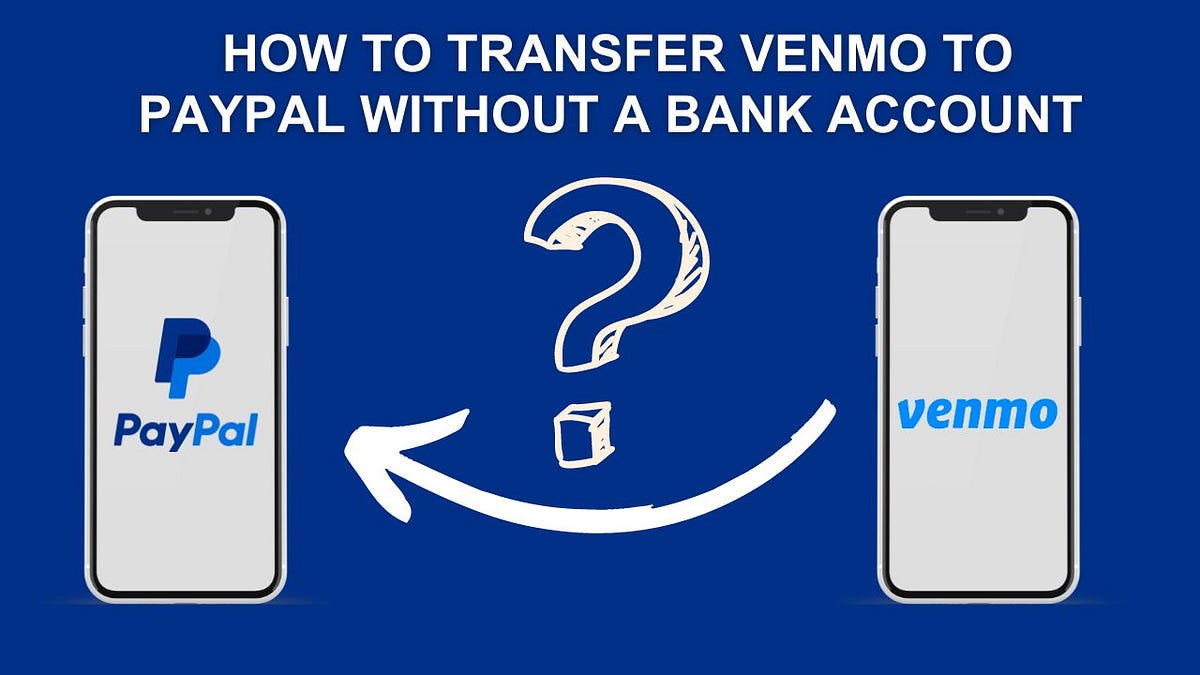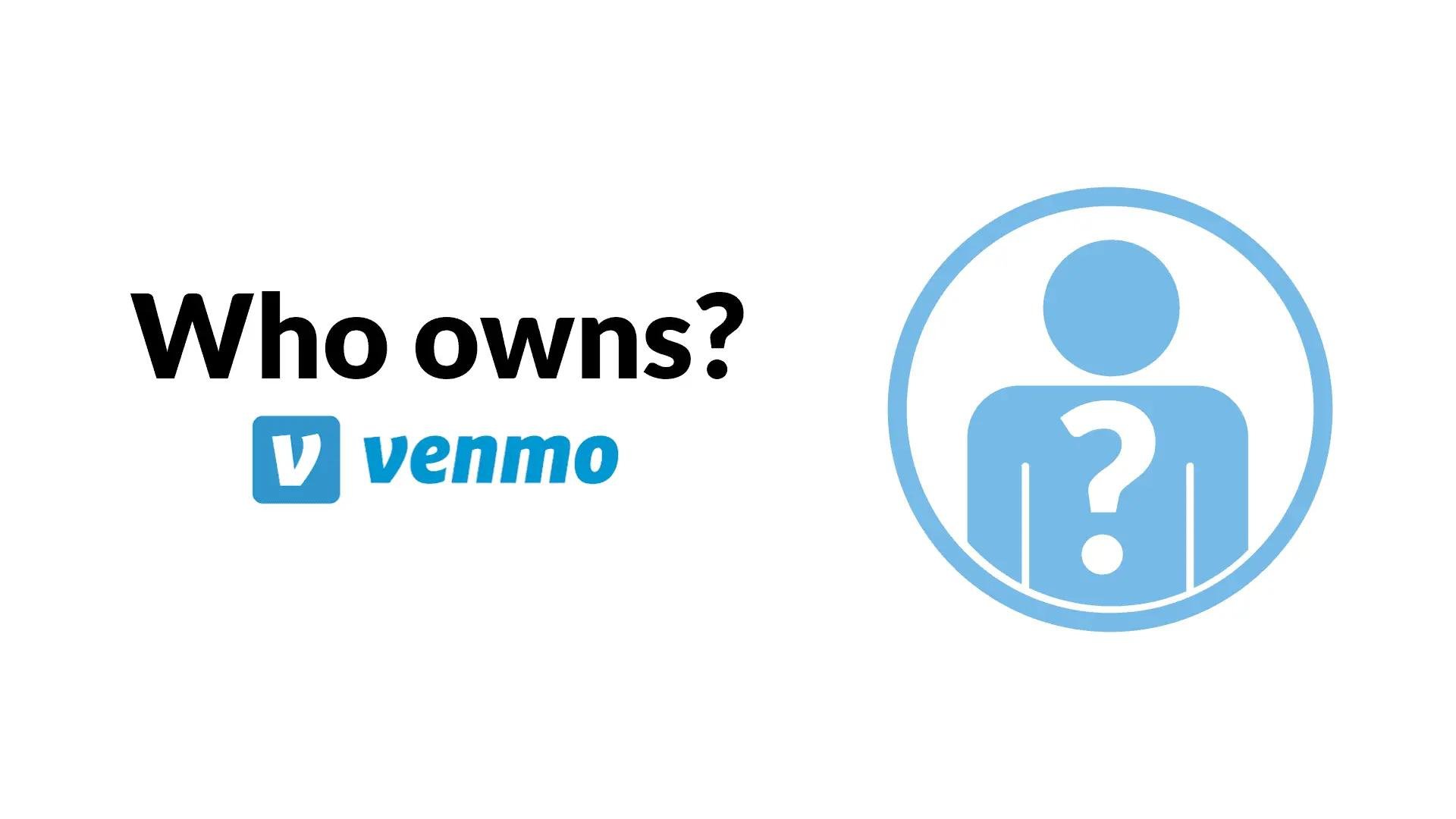Introduction
When it comes to online payment platforms, two names often come to mind: Venmo and PayPal. These platforms have revolutionized the way people send and receive money, making transactions easier and more convenient in the digital age.
PayPal, established in 1998, quickly became a household name, offering a secure and reliable platform for online transactions. With its user-friendly interface and comprehensive features, PayPal became the go-to choice for many individuals and businesses alike.
On the other hand, Venmo burst onto the scene in 2009, catering specifically to the needs of younger users. With a focus on social payments, Venmo allowed friends to split bills, pay each other back, and share expenses in a seamless and interactive way.
Over time, both platforms have gained substantial popularity, transforming the way people handle monetary transactions. But have you ever wondered who owns Venmo and PayPal? Let’s dive deeper into the story behind these payment giants and explore their success.
PayPal: The Payment Giant
PayPal, founded in 1998 by Max Levchin, Peter Thiel, and Luke Nosek, initially served as a secure way to transfer money between handheld devices. The company quickly gained traction, becoming a leading online payment platform.
With its robust security measures, PayPal became the trusted choice for millions of users. It offered seamless integration with online merchants, allowing customers to make purchases with just a few clicks. PayPal’s popularity skyrocketed, becoming synonymous with online payments.
Over the years, PayPal expanded its services, providing additional features such as invoicing, subscription payments, and peer-to-peer transactions. By offering a range of options, PayPal catered to the needs of individuals, small businesses, and large enterprises.
One of the key factors that contributed to PayPal’s success was its acquisition by eBay in 2002. As eBay’s preferred payment method, PayPal became an integral part of the online marketplace, further solidifying its dominant position in the industry.
Under the leadership of visionaries like Elon Musk, PayPal continued to innovate and adapt to the evolving payment landscape. In 2015, PayPal separated from eBay, becoming an independent publicly traded company. This move allowed PayPal to expand its reach beyond the eBay ecosystem and forge partnerships with other major retailers and online platforms.
Today, PayPal is a global payment giant, operating in over 200 markets and supporting more than 350 million active accounts. Its commitment to security, reliability, and user experience has made it a preferred choice for individuals and businesses worldwide.
The Founding of Venmo
Venmo, a payment platform with a focus on social payments, was founded in 2009 by Andrew Kortina and Iqram Magdon-Ismail. The idea behind Venmo arose from the founders’ personal frustration with the traditional hassle of splitting bills among friends.
Kortina and Magdon-Ismail envisaged a solution that would enable friends to easily send and receive payments, while also providing a social component to enhance the payment experience. With this vision in mind, Venmo was born.
The early days of Venmo involved limited usage and a small user base. However, the platform’s unique combination of convenience and social sharing capabilities quickly attracted attention.
One of the key factors that contributed to Venmo’s growth was its integration with popular social media platforms, such as Facebook and Twitter. This allowed users to share their payment activities with their social network, making Venmo transactions a part of everyday conversations.
As Venmo gained traction, its popularity soared among younger users, who quickly embraced the platform as an easy and fun way to split bills, pay for group activities, and even send small payments for favors or gestures of appreciation.
Venmo capitalized on this momentum by continuously enhancing its features, introducing in-app messaging, emoji reactions, and a feed that displayed user transactions in a social media-esque format. These additions further solidified Venmo’s position as not just a transactional platform but a social experience.
As Venmo’s user base grew, so did its recognition within the industry. The platform caught the attention of financial services company Braintree, which acquired Venmo in 2012. This acquisition provided Venmo with the resources and support needed for its continued expansion.
Today, Venmo has become a household name, particularly among millennials and Gen Z users. The platform’s seamless user experience, combined with its social aspect, has made it a popular choice for splitting bills, paying rent, and sending money to friends and family.
PayPal Acquires Venmo
In 2013, PayPal made a strategic move to acquire Venmo. The acquisition was driven by PayPal’s recognition of Venmo’s rapid growth and its unique position in the market as a social payment platform.
By acquiring Venmo, PayPal aimed to tap into the younger demographic that Venmo primarily catered to. The acquisition allowed PayPal to expand its user base and gain a stronger foothold in the peer-to-peer payment space.
The integration of Venmo into PayPal’s ecosystem enabled users to link their Venmo accounts with their PayPal accounts, providing a seamless and convenient way to transfer funds between the two platforms. This integration also gave Venmo users access to the vast network of merchants that accept PayPal as a payment method.
Despite being acquired by PayPal, Venmo operates as a separate product and maintains its distinctive identity. Venmo continues to provide users with its unique social payment experience, while also capitalizing on PayPal’s robust infrastructure and established reputation.
The acquisition of Venmo has proven to be a significant strategic move for PayPal. Venmo’s popularity and growth have contributed to PayPal’s overall success and strengthened its presence in the evolving digital payment landscape.
Additionally, the acquisition of Venmo has fueled PayPal’s efforts to stay ahead of its competitors in the mobile payment space. The integration of Venmo’s social features has allowed PayPal to differentiate itself and attract younger users who value the seamless integration of social interactions and financial transactions.
Overall, the acquisition of Venmo by PayPal has proven to be a mutually beneficial partnership. It has helped PayPal expand its offerings, cater to a wider user base, and remain at the forefront of the digital payment industry.
Venmo’s Popularity and Growth
Since its founding, Venmo has experienced exponential growth and garnered widespread popularity, particularly among younger generations. The platform’s unique combination of convenience, social interaction, and seamless user experience has propelled its growth in the digital payment industry.
One of the key factors contributing to Venmo’s popularity is its user-friendly interface. The app’s intuitive design and simple navigation make it easy for users to send and receive payments quickly. Additionally, Venmo’s integration with popular social media platforms allows users to share their payment activities, further spreading awareness and increasing its user base.
The social component of Venmo is another major factor in its success. The platform encourages users to add comments or emojis to their payment transactions, making the payment process more engaging and personal. This social interaction sets Venmo apart from other payment platforms and has become a defining feature that appeals to younger users who value the seamless integration of social interactions and financial transactions.
As Venmo gained popularity, its user base skyrocketed. The platform saw explosive growth, reaching over 70 million users by the end of 2020. This surge in user adoption has solidified Venmo as one of the leading mobile payment apps in the market.
In addition to its growing user base, Venmo has also expanded its functionality. Initially catering to peer-to-peer transactions, it now offers features like Venmo Card, which allows users to make purchases at merchants that accept Mastercard, and Venmo Business Profiles, enabling businesses to receive payments seamlessly.
Furthermore, Venmo’s association with PayPal has played a crucial role in its growth. The integration with PayPal has provided Venmo users with access to a wider network of merchants, allowing them to use Venmo for online and offline purchases. This increased usability has further contributed to Venmo’s popularity and growth.
Overall, Venmo’s popularity can be attributed to its appealing combination of convenience, social interaction, and user-friendly design. With its continuous growth and expansion, Venmo is poised to maintain its position as a leading player in the mobile payment industry.
How Venmo Works
Venmo operates as a mobile-based payment app, available for both iOS and Android devices, making it accessible to a wide range of users. The platform simplifies the process of sending and receiving money, allowing users to split bills, pay friends, and make purchases effortlessly.
Here’s how Venmo works:
- Create an Account: Users start by downloading the Venmo app and creating an account. They can sign up with their email address or connect through their Facebook account.
- Add Payment Method: Users link their bank accounts, debit cards, or credit cards to their Venmo account. This allows them to fund their Venmo balance or make direct payments.
- Find Friends: Users can connect with their friends and contacts by searching for their usernames or syncing their contacts. This makes it easy to find and send payments to people in their network.
- Send Payments: To send money, users simply enter the recipient’s username, phone number, or email address, along with the payment amount and a description. They can also choose to add a public or private note to the transaction.
- Request Payments: Users can also request payments from their friends or contacts by entering the amount owed and sending a request. This feature is particularly useful for splitting bills or shared expenses.
- Make Purchases: Venmo users can shop at participating merchants that accept Venmo as a payment method. They can select Venmo at checkout and authorize the payment using their Venmo balance, linked bank account, or connected cards.
- Withdraw Funds: Users have the option to transfer funds from their Venmo balance to their linked bank account. They can choose to cash out immediately or schedule regular transfers.
Venmo also offers a social feed where users can see their friends’ transactions, like or comment on payments, and engage in conversations. The social aspect adds a fun and interactive element to the payment experience.
It’s important to note that Venmo prioritizes security. The platform utilizes encryption and secure servers to protect user information and transactions. Additionally, Venmo offers various privacy settings, allowing users to control the visibility of their transaction history and personal details.
Overall, Venmo’s user-friendly interface, social features, and seamless payment process have made it a popular choice among individuals looking for a simple and convenient way to send, receive, and manage their money.
Who Owns Venmo?
In a nutshell, Venmo is owned by PayPal Holdings, Inc. PayPal acquired Venmo in 2013 as part of its strategy to expand its reach and capture a younger audience in the mobile payment space.
PayPal, a global leader in online payment services, recognized Venmo’s potential and the growing popularity of its social payment platform. By acquiring Venmo, PayPal aimed to tap into the younger demographic that Venmo primarily catered to, while also leveraging its innovative features and social interaction capabilities.
Following the acquisition, Venmo continued to operate as a standalone platform while benefiting from PayPal’s established infrastructure, resources, and expertise. PayPal’s ownership of Venmo has allowed for ongoing development and improvements to the platform, ensuring its growth and integration with the larger PayPal ecosystem.
While Venmo operates under PayPal’s ownership, it retains its unique identity and branding. The familiar Venmo logo and quirky design elements are still prominent within the app, distinguishing it from other payment platforms.
It’s important to note that Venmo’s ownership by PayPal has provided synergistic benefits for both entities. Venmo benefits from PayPal’s trusted reputation, advanced security measures, and wide network of businesses that accept PayPal as a payment method. Meanwhile, PayPal expands its offerings, increases its user base, and solidifies its presence in the peer-to-peer payment space through Venmo.
Overall, the ownership of Venmo by PayPal has proven to be a fruitful partnership, with both platforms mutually benefiting from each other’s strengths. This collaboration has allowed Venmo to grow and innovate, while also contributing to PayPal’s continued success in the ever-evolving digital payment industry.
Venmo vs. PayPal: Key Differences
Venmo and PayPal are both widely recognized online payment platforms, but they have distinct features and target different user demographics. Here are some key differences between Venmo and PayPal:
- Target Audience: Venmo primarily caters to younger users, particularly millennials and Gen Z, who appreciate the social payment experience. PayPal, on the other hand, caters to a broader user base, including individuals, businesses, and online merchants.
- Social Component: One of the defining features of Venmo is its social aspect. Users can like, comment, and share their payment activities, turning the app into a social platform. PayPal lacks this specific social interaction, focusing more on its core payment functionality.
- Transaction Privacy: Venmo has a public social feed by default, which displays users’ transactions to their friends and contacts. This means that unless users adjust their privacy settings, their payment activities are visible to others. PayPal, on the other hand, prioritizes transaction privacy. By default, PayPal transactions are private and not shared on a public feed.
- Accepted Usage: While both Venmo and PayPal are used for online transactions, PayPal has a broader acceptance among merchants. PayPal is widely accepted by online retailers and is often integrated as a payment option on e-commerce websites. Venmo, on the other hand, is more commonly used for peer-to-peer payments and social transactions.
- Withdrawal Process: PayPal offers more flexibility when it comes to withdrawing funds. Users can transfer funds from their PayPal balance to their linked bank account or request a physical check. Venmo, on the other hand, allows users to withdraw funds to their linked bank accounts, but it doesn’t offer options like requesting a check.
- International Transactions: PayPal has a stronger global presence and supports international transactions in multiple currencies. Venmo, on the other hand, is primarily focused on the United States and doesn’t support international payments.
It’s important to note that while Venmo and PayPal have these distinct differences, they are both owned by PayPal Holdings, Inc. This ownership allows for integration between Venmo and PayPal, providing users with the option to link their Venmo and PayPal accounts, facilitating the transfer of funds between the two platforms.
Ultimately, the choice between Venmo and PayPal depends on users’ preferences, needs, and the kind of transactions they frequently engage in. Venmo’s social and interactive features make it popular among younger users, while PayPal offers a more comprehensive and globally accepted payment solution.
The Future of Venmo and PayPal
As the digital payment landscape continues to evolve, the future of Venmo and PayPal looks promising, with both platforms poised for further growth and innovation.
For Venmo, we can expect to see continued expansion and enhancements to its social payment features. The platform will likely focus on further integrating with popular social media platforms and exploring new ways to engage users through interactive and personalized payment experiences. Venmo may also continue to expand its offerings for businesses, allowing them to leverage its social network for promotional activities or loyalty programs.
Meanwhile, PayPal will continue to leverage its established infrastructure and global reach. The company will likely invest in enhancing its security measures and delivering seamless payment experiences across various devices and platforms. We can anticipate PayPal expanding its partnerships with major retailers and online platforms, enabling users to make PayPal transactions on an even broader scale.
In recent years, there has been increasing interest in digital wallets and contactless payments. Both Venmo and PayPal have an opportunity to capitalize on this trend by further developing their mobile payment features and exploring partnerships with businesses in various industries, including restaurants, retail, and transportation.
Additionally, the rise of e-commerce and online marketplaces presents significant growth potential for both Venmo and PayPal. We can expect to see continued efforts in improving the integration of these platforms with popular online shopping destinations and simplifying the checkout process for users.
The advent of emerging technologies, such as blockchain and cryptocurrency, may also shape the future of Venmo and PayPal. While both platforms have shown openness to exploring digital currencies, their specific involvement in this realm remains to be seen. As the demand for alternative payment methods grows, Venmo and PayPal may consider incorporating cryptocurrency transactions into their offerings.
Overall, the future of Venmo and PayPal is exciting and filled with opportunities for innovation and expansion. These platforms will continue to adapt to changing user preferences and market trends, providing users with convenient, secure, and seamless payment experiences in the digital era.
Conclusion
Venmo and PayPal have revolutionized the way we handle online payments, each offering unique features and catering to different user demographics. PayPal, with its robust security measures and wide acceptance among merchants, has become a payment giant and a trusted choice for individuals and businesses worldwide. On the other hand, Venmo’s focus on social payments and its seamless user experience have made it a favorite among younger users.
The acquisition of Venmo by PayPal has proven to be a strategic move, allowing both platforms to leverage each other’s strengths and expand their user bases. Venmo’s integration with PayPal provides users with the ability to link accounts and access a wider network of merchants, while Venmo maintains its distinctive identity.
The future of Venmo and PayPal looks promising. We can expect to see continued growth, innovation, and enhancements in their features and services. Venmo will likely focus on further enhancing its social payment capabilities and expanding its offerings for businesses. PayPal, on the other hand, will continue to leverage its global infrastructure and explore new partnerships to stay at the forefront of the digital payment industry.
As the digital payment landscape continues to evolve, Venmo and PayPal will adapt to changing user preferences and market trends. Whether it’s through the integration of emerging technologies or the expansion into new markets, Venmo and PayPal are committed to providing users with convenient, secure, and seamless payment experiences in the digital era.









